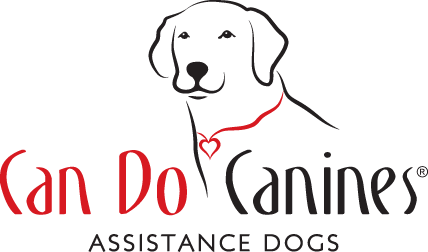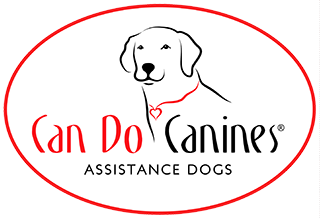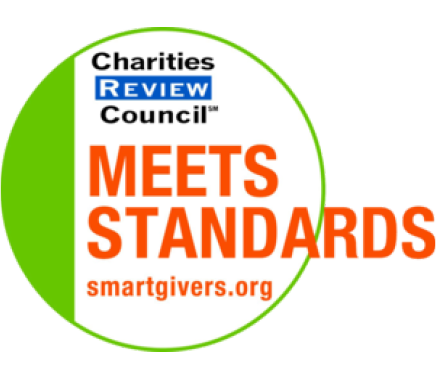Introducing Handling
It’s not instinctual.
An animal’s natural instinct in life is to survive. If they feel threatened or feel as though their life is in danger, they will respond in a negative way such as biting. As humans, our job is to help the animal- in this case, a dog- learn when to react to danger and when not to. The main way we can do this is to associate body handling with a positive reward starting at a young age. This will help them learn that human touch is a good thing rather than scary and normalizes the overall experience.
It takes two.
Help the dog learn to engage in their healthcare and grooming in low-stress ways. Utilize the bare minimum restraint necessary. Any more is counter-productive and can cause the dog to panic and become resistant. Teach and practice basic behaviors that will allow the dog to participate in their care.
It works!
Through positive desensitization, a calm approach and active participation from the dog, we can accomplish several goals. First and most important- we keep people and dogs safe. Any averse stress for both handler and dog will be kept to a minimum. And of course, we can examine or groom our dogs!
Tools for Handling
- Food - Use food strategically to reward the dog for tolerance and cooperation during care. Ex: Stuffed Kong, Licky mat, high-value treats, etc.
- Voice - A single, low, quiet, calm voice can be very soothing to a dog. Be encouraging and positive
- Petting - Use light, slow, long strokes to soothe the dog. Ex: Focused petting on chest and ear areas
- Pressure - Can be used in restraint. Release or lighten pressure if the dog starts to show signs of panic. Ex. Pressure behind an elbow can keep a leg from moving forward without excessive force
- Additional Handler - Some care tasks may require the assistance of an additional handler. Ex: nail trims, vaccinations, etc.
Prepare by Training
- General - Get the dog comfortable sharing your space.
- This is used in all care handling.
- Training Actions:
- This is used in all care handling.
- Head - Handled during the following care activities:
- Routine ear and eye checks,
- Grooming and checking mouth,
- Veterinary procedures,
- Future Gentle Leader or Halti training
- Common cues such as: chin, nudge, visit, get dressed
- General pets
- Training Actions:
- Teaching the above common cues
- Practicing mouth checks and tooth brushing
- Practicing ear and eye checks
- Introduction of a Gentle Leader or Halti
- Training Actions:
- Neck - Handled during the following care activities:
- Legs and feet - Handled during the following care activities:
- Nail trims
- Veterinary procedures
- Common cues such as: fix it and shake
- Training Actions:
- Teaching the above common cues
- Practice touching feet and applying pressure to toes
- Practice gentle leg pinches
- Hand held leg movements
- Training Actions:
- Torso and tail - Handled during the following care activities:
- Veterinary procedures
- Common cues such as: settle and get dressed
- General pets
- Training Actions:
- Teaching the above common cues
- Practice calm petting strokes
- Practice body compression
- Training Actions:
View our Grooming Guide for step-by-step instructions to build success with any care need.
The Grooming Basics video provides instructions and visual examples for care.




